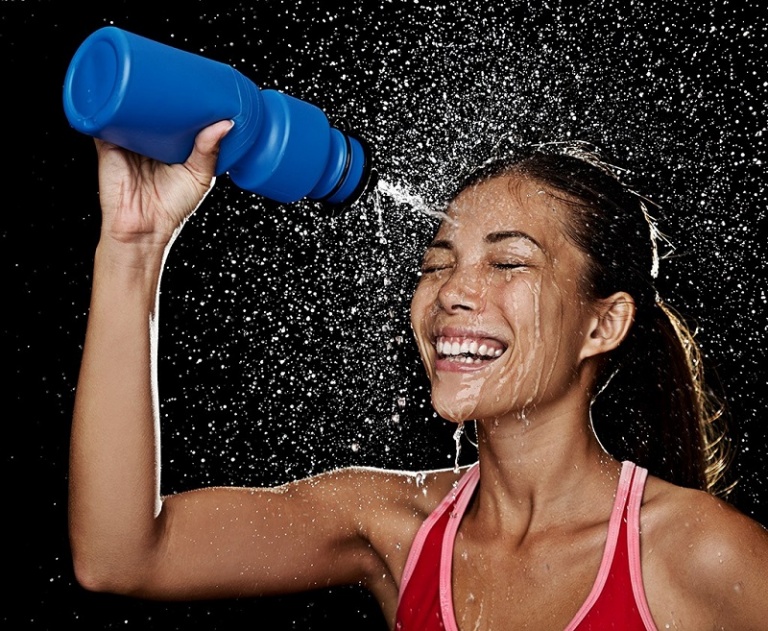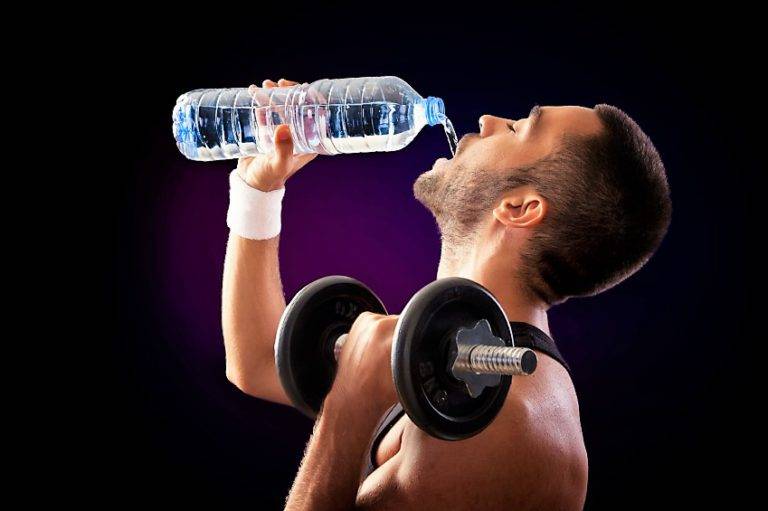
The easiest way is to get water directly from the water tap. But most people are concerned about the degree of contamination of tap water, and quite reasonably. In many areas, water contains various harmful substances, such as lead, pesticides and chlorine by-products, exceeding all norms. A g
ood solution in this case would be to buy a water purifier that filters out lead and other pollutants. Some filters are attached directly to the water tap; others are mounted as part of the water system. One of the most convenient and economical methods of water purification is a self-leveling filter, which you can put in a special jug and put in the refrigerator. If you use a filter that removes fluorides from the water, consult your dentist about this, since fluoride is necessary for dental health.
Another way is to buy bottled water. There are hundreds of brands, the most popular of which offer spring water and mineral water. Water from springs is extracted from underground sources of fresh water that form reservoirs on the earth’s surface. Mineral water comes from reservoirs lying under rocks. It contains the highest concentration of minerals compared to other water sources. Spring water is another type of bottled water that is taken from the aquifer. Water from springs, mineral and spring water may still contain some pollutants. For this reason, the federal services are tightening the requirements for the quality of bottled water production.
Distilled water, also referred to as purified water, is another type of bottled water. It is cleaned during evaporation with subsequent condensation. The disadvantage of such water is the lack of minerals in it. In addition, there is often no fluoride in bottled water. However, currently some manufacturers add a mineral complex to the water, making it more nutritious and pleasant to the taste.
Someone prefers seltzer water. This is carbonated water, its bubbles are formed by adding compressed carbon dioxide to it. Most of these products are flavored and contain sucrose or fructose. And although you can drink carbonated water with pleasure during the day, it is better for you to refrain from doing this during classes. The gas from the bubbles fills the space in your stomach, giving a feeling of excessive fullness and, as a result, reducing the total amount of liquid consumed that you can drink during and after training, as well as carbon dioxide stimulates the release of gastric juice, which is undesirable during training.
No matter what kind of water you drink, do not forget to drink 8-12 cups (2-3 liters) or more of liquid daily to avoid dehydration, as well as at least 5 such cups (1 liter) of plain water.

Designer Water
Now we have a greater choice of water available to us than ever before. Currently, there is enriched water (with minerals and vitamins), water for fitness, water infused with herbs, water enriched with oxygen, water subject to electrolysis. The list can be continued. Welcome to the world of designer water. And although it can taste great, pay special attention to the obviously unfounded inscriptions on the labels. It happens that the usual “sweet fizz” is called water.
Some types of sweetened water contain almost the same amount of sugar as a can of soda. Carefully read the composition and nutritional value of the drink on the labels.
Enriched water. Featuring a characteristic aroma and sweet taste, this water is enriched with vitamins and minerals dissolved in it. Some of its types are intended for people who prefer supplements in liquid form, others are for active people who drink water during classes and want a small aroma to be present in the water.
Enriched water should not be confused with sports drinks or glucose-electrolyte solutions containing a greater amount of carbohydrate energy and electrolytes.
Water for fitness. This water contains a certain amount of vitamins and only 10 calories in one serving. It is preferred by those who like slightly flavored water and who do not need a glucose-electrolyte solution or additional calories.
Water infused with herbs. The specialized water that has appeared on the market relatively recently is water with the taste of herbs. Now you can enjoy the water containing such popular types of herbs as echinacea, ginkgo biloba, Siberian ginseng, ginger or St. John’s wort. These drinks are a good choice when you want to feel the beneficial effect of these medicinal herbs, without swallowing pills. Basically, there is a light aroma in such water and there is no sugar, no calories, no gas.
Keep track of how much enriched or herbal water you consume in addition to other sources containing the same herbs, vitamins and minerals. You can easily take increased doses of them. And since the assessment of the quality of herbal components in food products is not yet sufficiently regulated, there is no guarantee that you are consuming exactly the ingredients that are indicated on the label.
Water enriched with oxygen. It is believed that the oxygen concentration in these drinks is 40 times higher than in ordinary water. Flavored or not, these drinks promise you an explosion of energy due to increased oxygen saturation of red blood cells. However, to date, there has not been a single published medical report confirming such statements. It turns out that there is no special value in such water, except that it is another good source of water.

